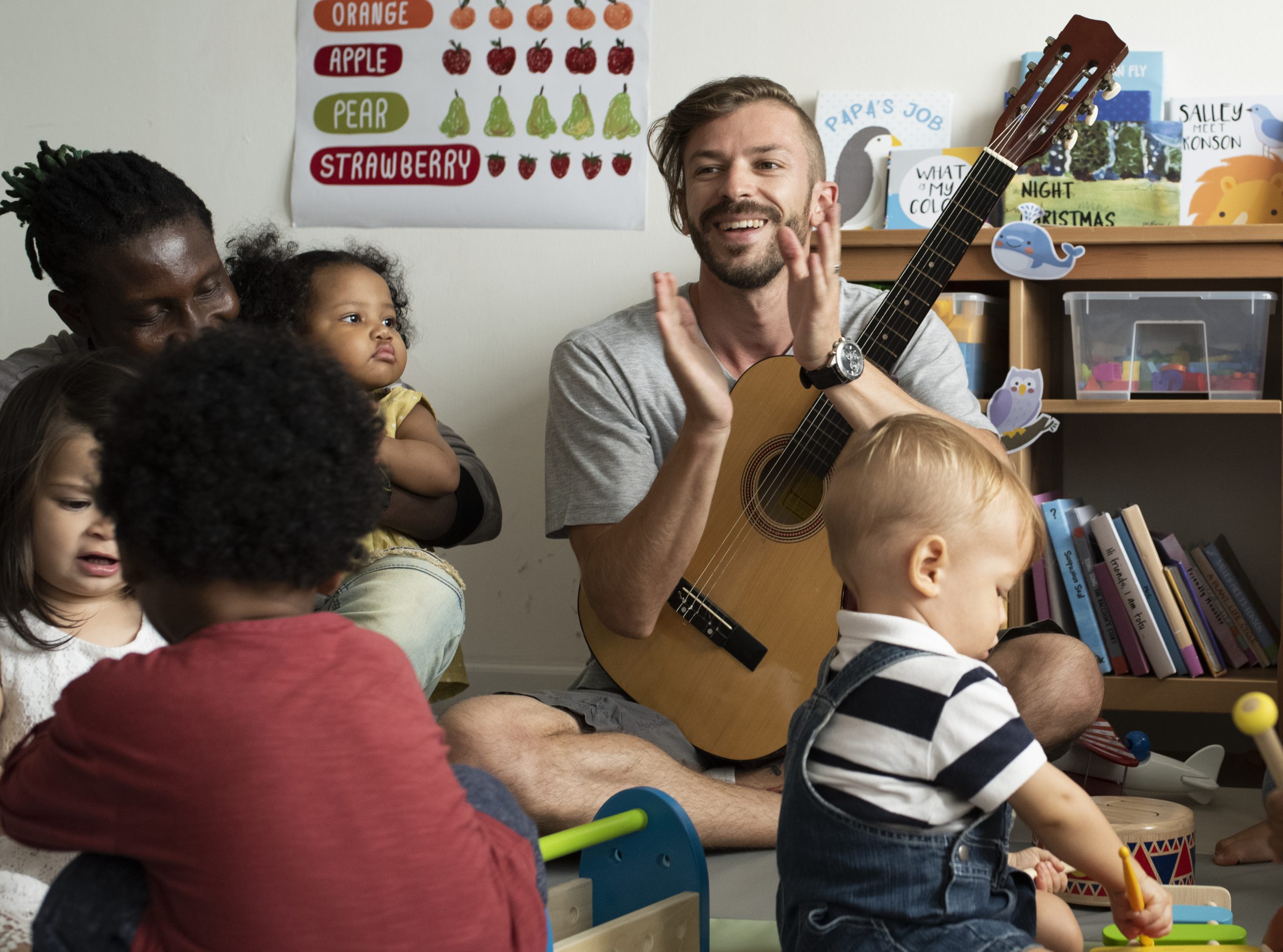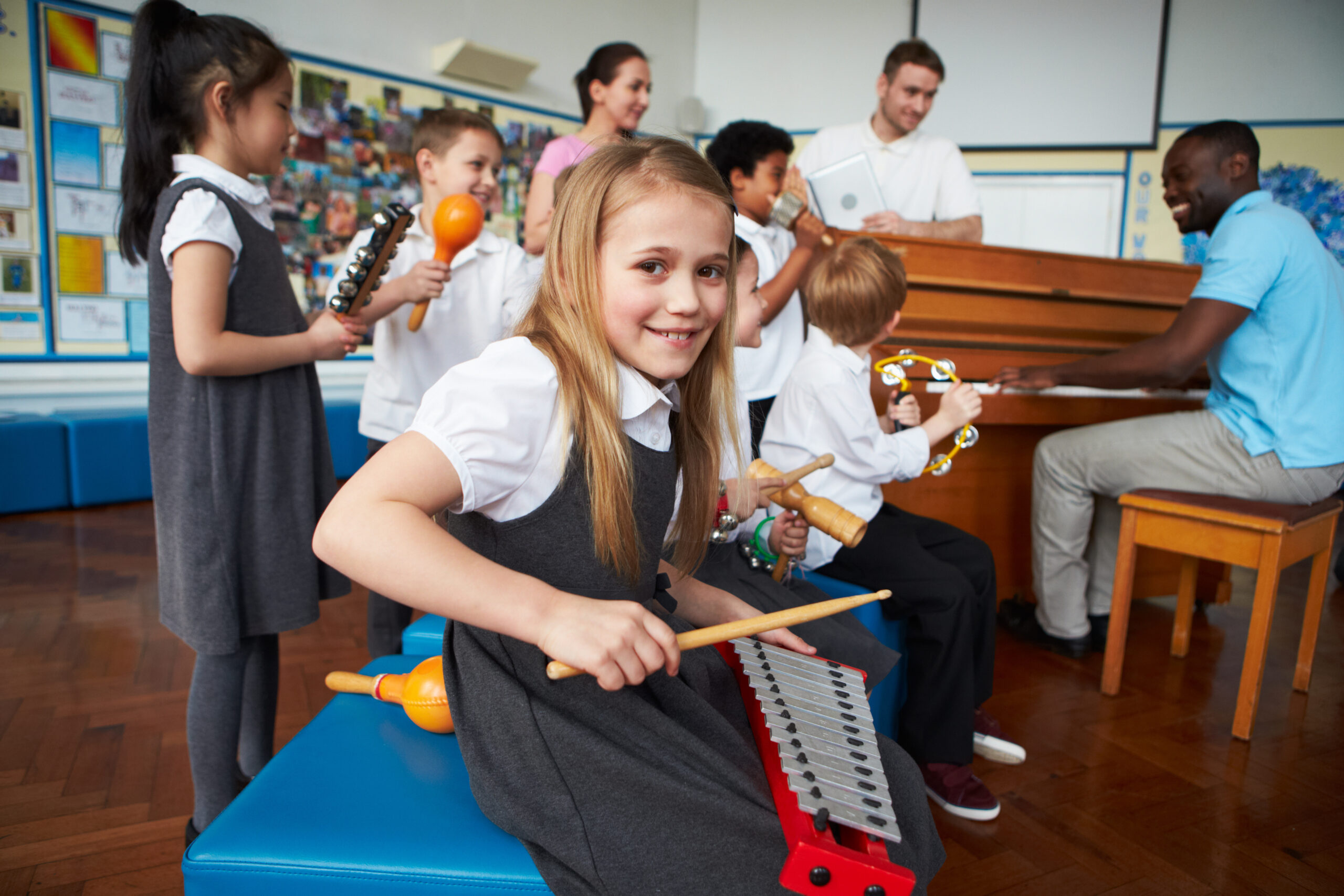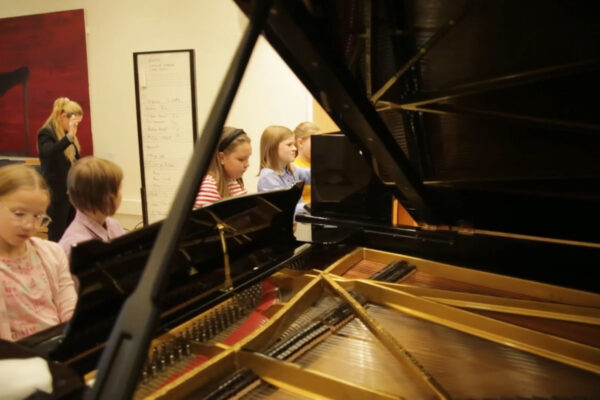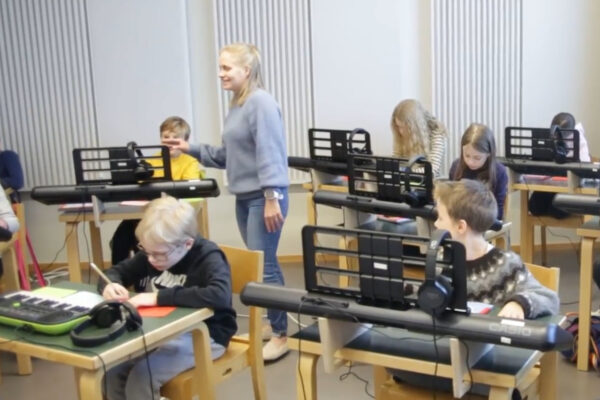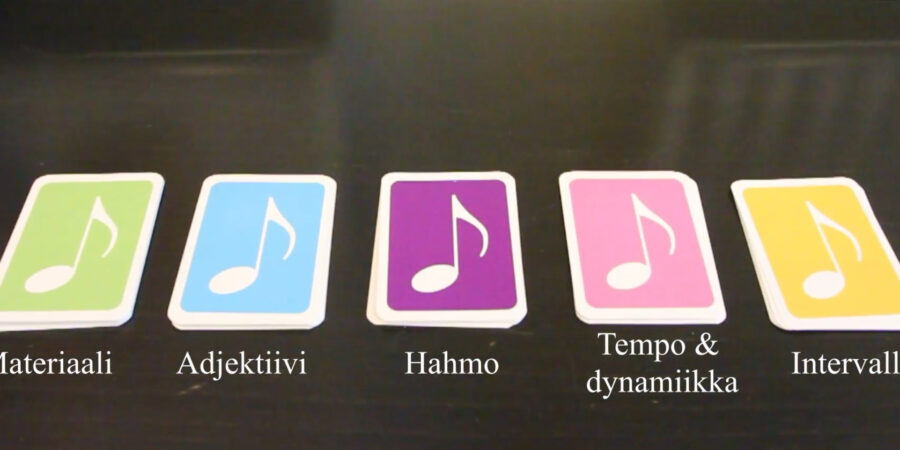
How to get started with the Impro Cards
The teacher should get to know the improvisation cards beforehand and pick the suitable ones for each student. In the beginning it’s important not to have too many cards, although for some students more cards work better. Each teacher knows his/her students the best. The cards can be picked randomly or they can be decided beforehand. It’s good to have enough time at hand when you first try improvisation and later on it’s possible to do quicker sessions of 5 minutes. Often when improvising something with a structure of A and B sections, a half-an-hour slips away easily.
Impro on a regular basis
Regularity is very recommendable to everyone, for example you can choose to improvise with a student for 2 months during every lesson for at least 10 minutes. In this way the student will have a stable connection with improvisation and will be able to use his/her skills later on.
Impro homework
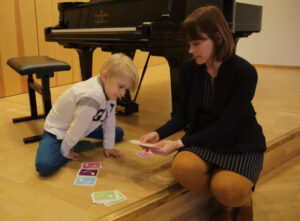 It’s advisable to use the improvisation cards with the teacher. Later on when the students have gotten the hang of it, they can get their own cards and the teacher can give home assignments just like with normal piano homework. If the student has already reached a certain skill level, he/she might be able to use the improvisation cards independently from the beginning.
It’s advisable to use the improvisation cards with the teacher. Later on when the students have gotten the hang of it, they can get their own cards and the teacher can give home assignments just like with normal piano homework. If the student has already reached a certain skill level, he/she might be able to use the improvisation cards independently from the beginning.
If the cards are picked randomly, the student will get to know subject areas and terms that he/she wouldn’t have run into playing normal instrument repertoire. The student might also have not chosen those particular cards if given the possibility. When the student and the teacher sometimes find themselves in a discomfort area during improvisation, it can open up new opportunities for playing and musical expression.
Going solo or not?
The teacher should be present and alert at all times and help the student with their musical ideas and expression. It’s good to ask the student if he/she wants to improvise solo or together with the teacher and I think the student’s choice here is very important.
Musical structure
 With the use of the improvisation cards it’s easier to find structure and form in the improvisation. The cards are placed on the music stand where the form is visible to the player. Nonetheless improvisation can be very free. The green material cards introduce scales and other techniques that the student might have not run into in other situations. Improvisation encourages also the student’s own creativity. For many students it’s easier to dive into different atmospheres and musical interpretation when they are free from the notes. Also many technical areas are easier to approach with improvisation.
With the use of the improvisation cards it’s easier to find structure and form in the improvisation. The cards are placed on the music stand where the form is visible to the player. Nonetheless improvisation can be very free. The green material cards introduce scales and other techniques that the student might have not run into in other situations. Improvisation encourages also the student’s own creativity. For many students it’s easier to dive into different atmospheres and musical interpretation when they are free from the notes. Also many technical areas are easier to approach with improvisation.
Why improvise?
As always, it’s good to have a meaning for the improvisation before starting with it; is it to improve some technical skills, to find new sound qualities or expression, or is it just to create a nice short composition. There is no right or wrong kind of improvisation and improvising with the cards doesn’t always bring the desired musical results for the teacher’s or the student’s ears. That’s something to discuss and laugh about and maybe to realize how many things we learned after all. Every now and then when improvising the cards, musical gems are created! In such a situation it’s good to try to repeat the improvisation and record it for the student and thus have a nice memory to save for the future.
For all instruments
The improvisation cards are suitable for all instruments. Thanks to the cards students of different instruments can improvise together in a group and thus learn from each other. While improvising, it’s vital to listen to the other players, otherwise the final result isn’t that nice. Improvising in a group really opens up the student’s ears to the other students’ playing and that is something that will also prove helpful in all chamber music.
Teacher on the video: Maria Kluen, Lapland Music Institute
 Creator of Improvisation cards and voice: Karla Suvanto, Palmgren Conservatoire
Creator of Improvisation cards and voice: Karla Suvanto, Palmgren Conservatoire
Karla Suvanto is a Finnish pianist and pedagogue. She has studied at the Conservatory of Strasbourg aswell as at the Sibelius- Academy from where she received her Master’s degree in 2010. SInce 2013 Karla has a permanent position as a teacher in Palmgren Conservatory, Pori. She teaches also improvisation for classical musicians and is a creator of Improkortit © – learning game.

